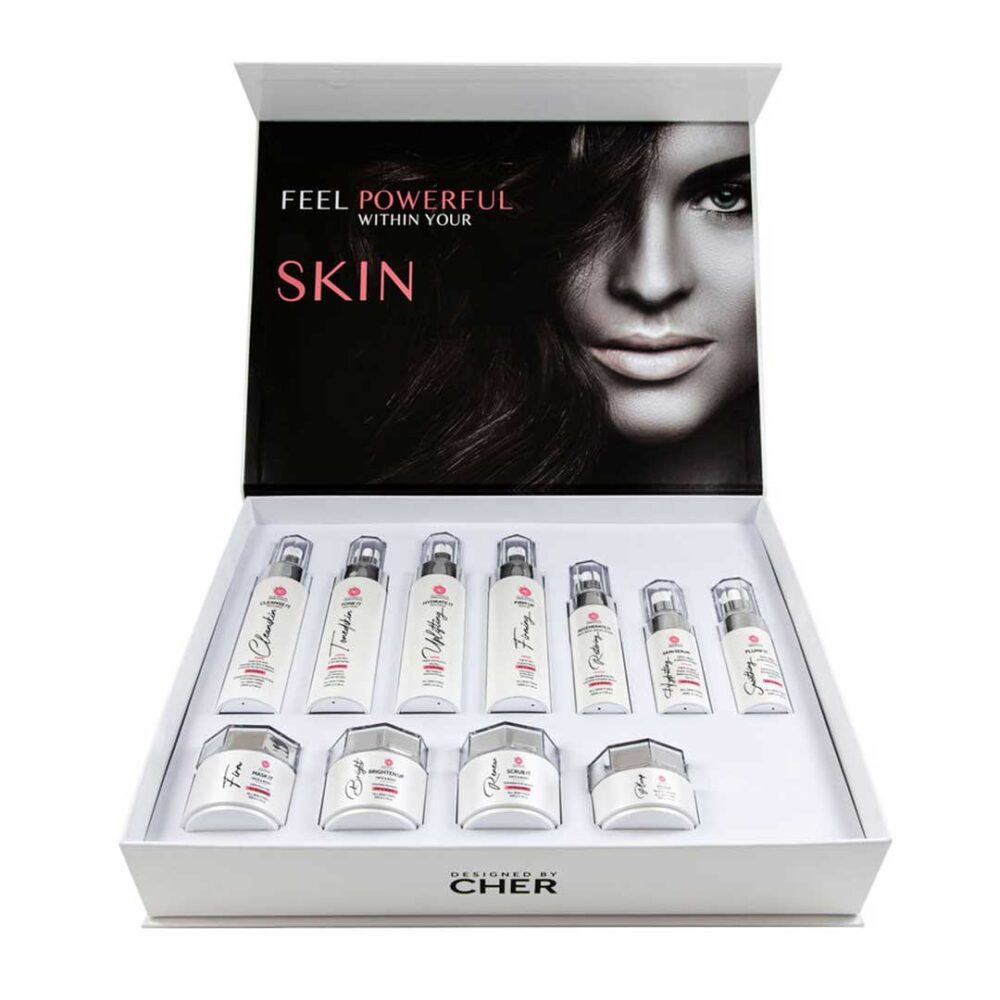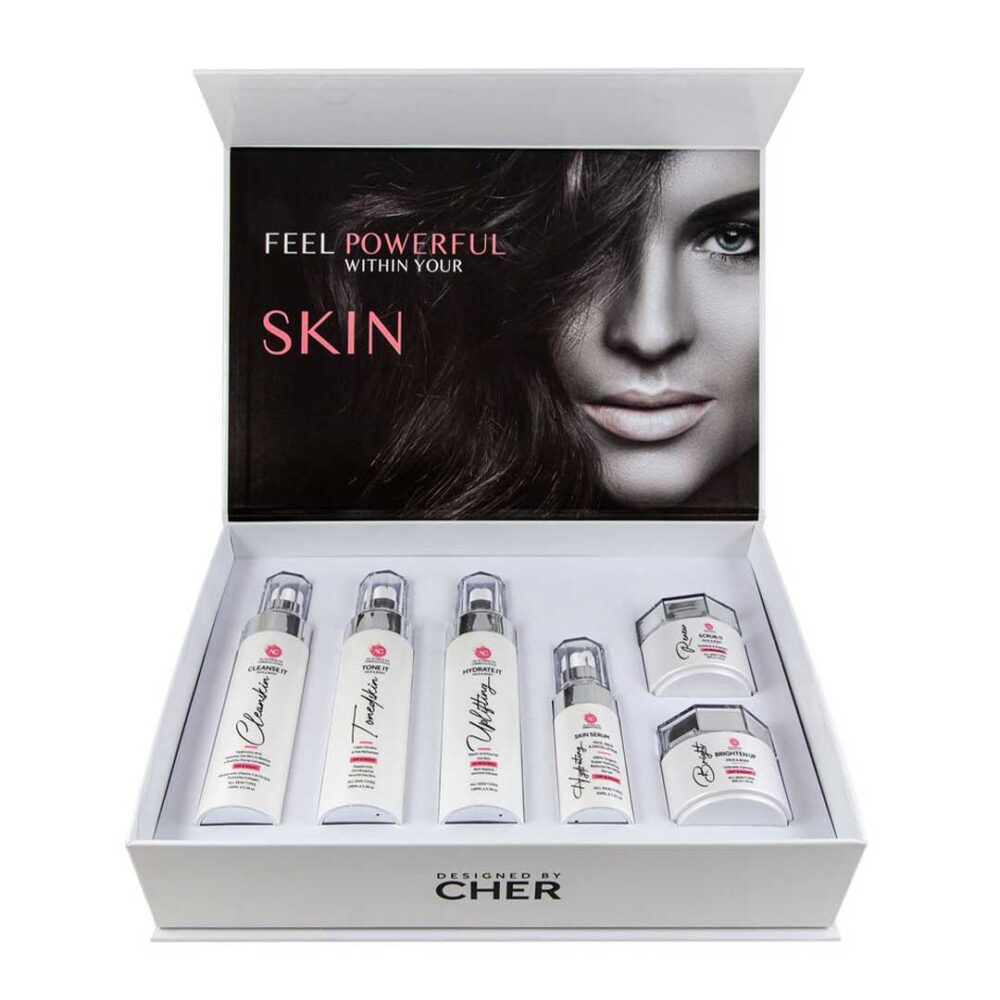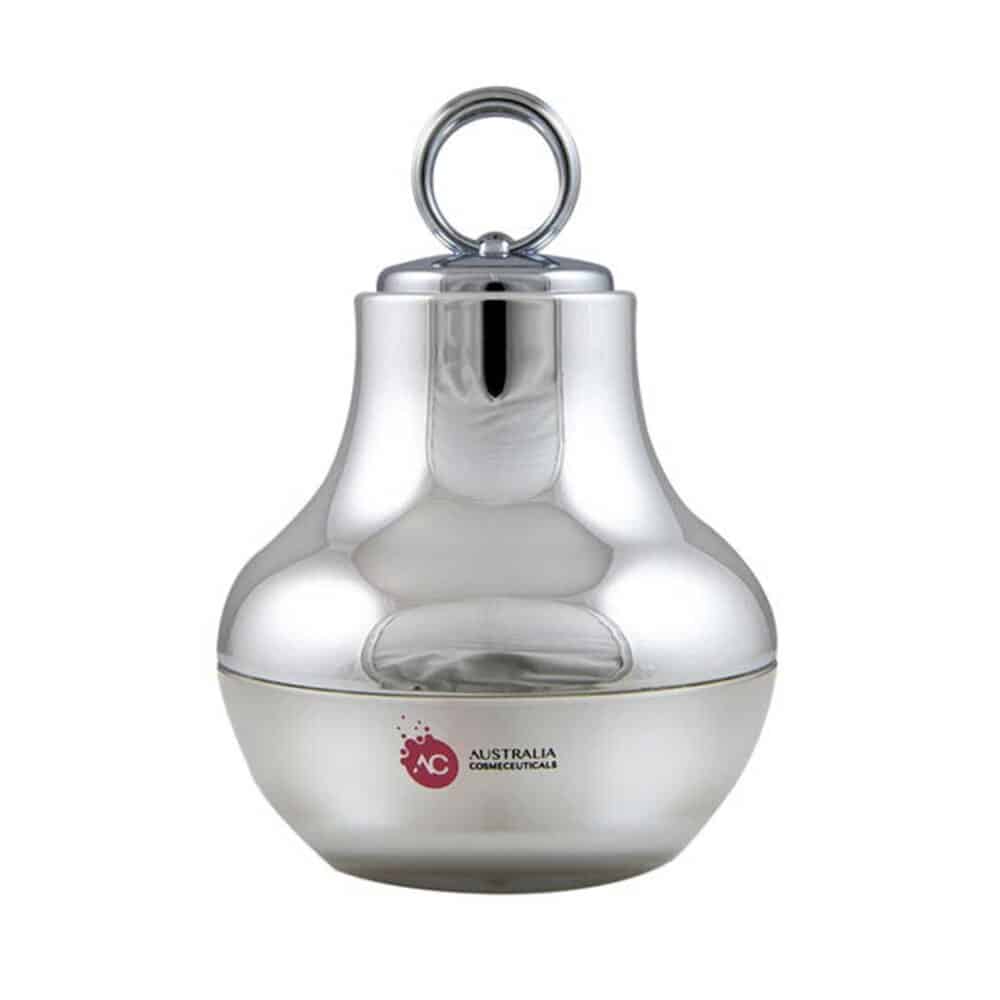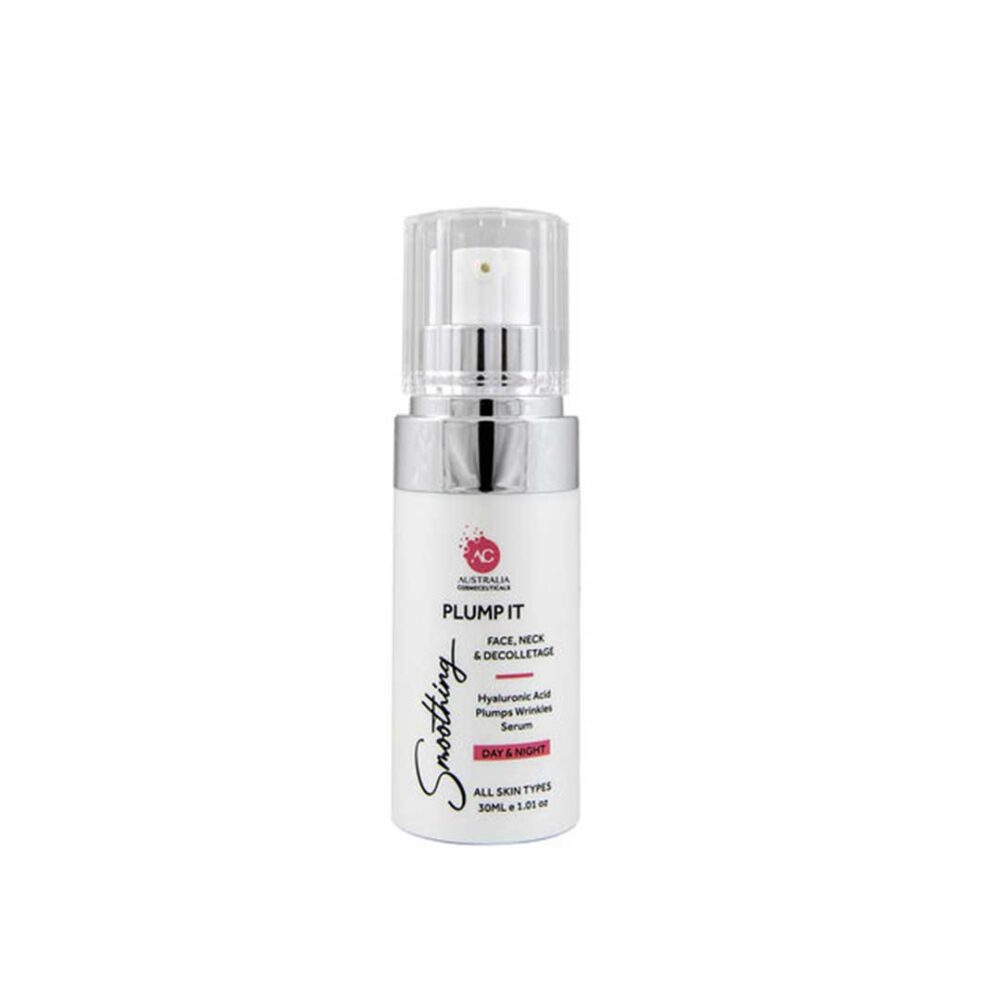News

Understanding HIFU Treatment across Various Skin Types: Essential Information to Consider
As we grow older, our skin gradually experiences a decline in elasticity and firmness, leading to fine lines, and saggy skin. While numerous anti-aging treatments are available, only some are suitable for some skin types. This is where High-Intensity Focused Ultrasound (HIFU) treatment comes in. This blog post will explore HIFU treatment for different skin types and what you need to know before undergoing the procedure.
What is HIFU Treatment?
HIFU treatment is a non-surgical cosmetic procedure designed to invigorate the skin by employing ultrasound energy to stimulate collagen production and restore its youthful appearance. During the treatment, the HIFU device delivers ultrasound energy to the targeted area, causing micro-injuries in the skin’s deep layers. By activating the body’s innate healing response, this procedure stimulates the production of collagen, leading to a notable improvement in skin tightness, firmness, and a rejuvenated, youthful appearance.
With its proven safety and effectiveness, HIFU treatment is an excellent non-surgical alternative to traditional procedures. Moreover, it caters to a wide range of skin types and concerns, encompassing the treatment of wrinkles, fine lines, and sagging skin.
Different Skin Types
Before undergoing HIFU treatment, it is essential to know your skin type. There are four skin types: oily, dry, combination, and sensitive. Gaining awareness of your skin type can provide valuable insights into determining the most suitable treatments for your specific needs.
Oily Skin
Oily skin is characterised by overactive sebaceous glands that produce excess sebum, resulting in a shiny and greasy complexion. Those with oily skin are prone to experiencing acne and blackheads more frequently. HIFU treatment is suitable for people with oily skin, as it can help reduce oil production and minimise the appearance of pores.
Dry Skin
Dry skin is distinguished by reduced sebum production, the natural oil that moisturizes and lubricates the skin, resulting in a tight and itchy complexion. Individuals with dry skin have a heightened susceptibility to wrinkles and fine lines. HIFU treatment is also suitable for people with dry skin, as it can help hydrate and plump up the skin, resulting in a more youthful-looking complexion.
Combination Skin
Combination skin is characterised by having both oily and dry areas on the face. Individuals with combination skin experience an oily T-zone (the forehead, nose, and chin) while their cheeks are dry. HIFU treatment is suitable for people with combination skin, as it can help balance oil production and hydrate the skin.
Sensitive Skin
Sensitive skin is characterised by having a low tolerance to products and environmental factors, resulting in redness, itching, and inflammation. Those who have sensitive skin are more prone to allergic reactions. HIFU treatment is suitable for people with sensitive skin, as it is non-invasive and does not use harsh chemicals that can cause irritation.
Benefits of HIFU Treatment for Different Skin Types
HIFU treatment has numerous benefits for different skin types. Some of these benefits include:
• Stimulates collagen production: The stimulation of collagen production through HIFU treatment leads to a noticeable improvement in skin tightness, firmness, and a youthful appearance.
• Safe and effective: HIFU treatment is safe and effective, providing long-lasting results.
• Non-invasive, HIFU treatment requires no downtime, allowing patients to resume their regular activities following the procedure promptly.
• Suitable for different skin types: HIFU treatment is well-suited for various skin types and addresses multiple concerns such as wrinkles, fine lines, and sagging skin.
• Target specific areas: HIFU treatment can target specific areas, such as the face, neck, or décolletage, depending on the patient’s needs.
Preparation for HIFU Treatment
Before undergoing HIFU treatment, it is essential to prepare your skin. This includes avoiding sun exposure, exfoliating your skin, and avoiding any harsh skincare products that can irritate your skin. It is also important to inform your doctor if you have any medical conditions or are taking any medications, as this may affect your suitability for the treatment.
During the Treatment
A gel is applied to the targeted area during the treatment, and the HIFU device is passed over the skin. Patients may feel slight discomfort or heat during the procedure, but this is generally well-tolerated. The treatment can take anywhere from 30 to 90 minutes, depending on the treatment area.
After the Treatment
Following the treatment, patients may encounter temporary redness and swelling, which typically diminishes within a few hours to a few days. Avoiding sun exposure and wearing sunscreen to protect the skin is essential. Immediate results are observable after the treatment, while the full outcomes become apparent within a few weeks to a few months.
Conclusion
HIFU treatment is widely recognised as a safe and effective non-invasive cosmetic procedure, renowned for rejuvenating the skin and diminishing the apparent signs of aging. It suits various skin types and addresses concerns such as wrinkles, fine lines, and sagging skin. You can achieve optimal results by understanding your skin type and preparing your skin before the treatment. Before undergoing HIFU treatment, it is advisable to consult with a qualified doctor to ascertain whether it is the appropriate choice for your specific circumstances.
Australia HIFU products are certified organic.
You might also be interested in...
Common HIFU Myths Debunked – Separating Fact from Fiction
HIFU treatment in Australia has garnered significant attention, yet misconceptions persist about this revolutionary non-invasive procedure.
HIFU Treatment and Collagen Production
HIFU treatment revolutionises skin rejuvenation by delivering focused ultrasound energy to precise skin depths, triggering natural collagen production through controlled micro-injuries that activate the body’s healing response, leading to firmer, more youthful skin over time.
















